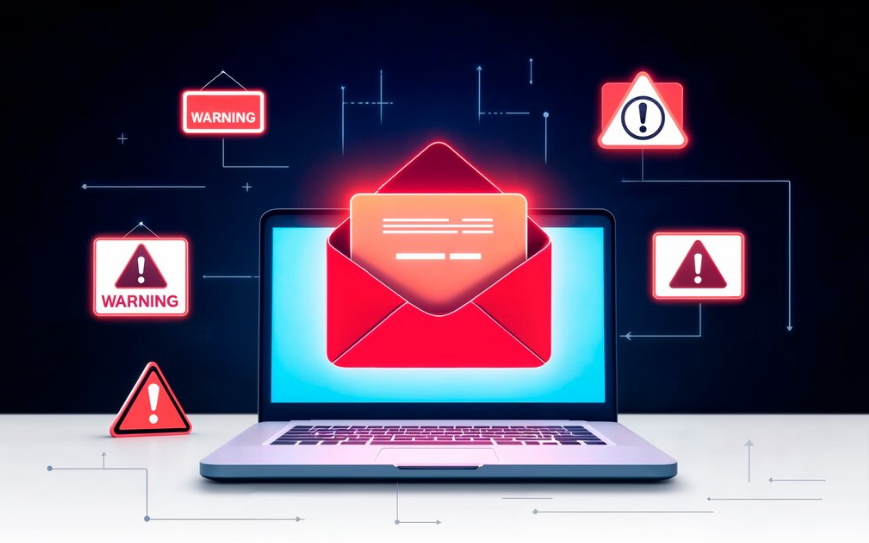As a Chicago-area business, safeguarding your financial information is critical. With the rise of fake text message scams targeting businesses, it’s important to stay informed about these threats and take proactive steps to protect your company.
What Are Fake Text Message Scams?
Fake text message scams are becoming more prevalent, and they can have severe consequences for your business. Scammers often impersonate your bank or financial institution, reaching out via text to steal sensitive information or money. These fraudulent messages may appear official, often using tactics like spoofing a bank’s phone number or mimicking their communication style.
Scammers might request you to provide your banking details, transfer funds, or click on malicious links, leading to financial loss or a data breach. Being vigilant and knowing how to identify these scams is vital for maintaining your business’s security.
How to Recognize a Fake Text Message Scam
The first step in protecting your business from text message scams is recognizing them. These scams may involve:
- A message from an unknown number, claiming to be your bank.
- Requests for money transfers, account information, or login credentials.
- A sense of urgency, pushing you to act quickly to “secure” your account or avoid penalties.
If you receive a message claiming to be from your bank, especially if it asks for sensitive information, treat it with suspicion. Banks rarely contact customers via text for such matters.
Businesses of All Sizes Are Targeted
No business is immune to scams, regardless of size or industry. While larger corporations might seem like more attractive targets, scammers are equally likely to target small and medium-sized businesses. It’s essential to educate your employees and inform them about these risks. Train them to recognize scam messages and to question any unexpected bank communications.
Steps to Take if You Receive a Scam Text
If you or your employees receive a suspicious text message, follow these steps:
- Do Not Respond – Never click on links or follow instructions from unknown sources.
- Verify the Message – Contact your bank directly using official channels, such as their customer service number or website, to confirm if the message is legitimate.
- Report the Scam – If the message is indeed a scam, report it to your bank and delete the text. Additionally, block the number to prevent further contact.
- Educate Your Team – Use the incident as an opportunity to reinforce security awareness among your employees.
At ITRegulators, we understand that robust cybersecurity is essential for every Chicago business. As you’ve seen in our discussion of fake text message scams, staying one step ahead of cybercriminals is critical. Our expert team provides top-tier cybersecurity services in Chicago to help you safeguard your digital and financial assets.
Visit us to explore advanced solutions tailored to your business needs. Don’t wait until it’s too late—partner with ITRegulators today to secure your future and stay resilient against evolving cyber threats.

